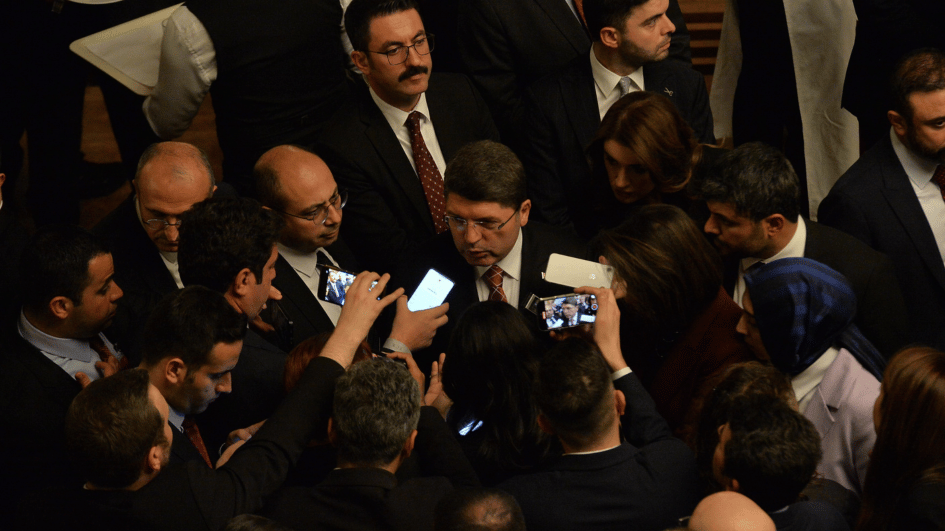Beard of Egypt's King Tut hastily glued back on with epoxy
CAIRO - The Associated Press

The mask of King Tutankhamun at the Egyptian Museum in Cairo. AP photo
The blue and gold braided beard on the burial mask of famed pharaoh Tutankhamun was hastily glued back on with epoxy, damaging the relic after it was knocked during cleaning, conservators at the Egyptian Museum in Cairo said Jan. 21.The museum is one of the city’s main tourist sites, but in some areas, ancient wooden sarcophagi lay unprotected from the public, while pharaonic burial shrouds, mounted on walls, crumble from behind open panels of glass.
Tutankhamun’s mask, over 3,300 years old, and other contents of his tomb are its top exhibits.
Three of the museum’s conservators reached by telephone gave differing accounts of when the incident occurred last year, and whether the beard was knocked off by accident while the mask’s case was being cleaned, or was removed because it was loose.
They agree however that orders came from above to fix it quickly and that an inappropriate adhesive was used. All spoke on condition of anonymity for fear of professional reprisals.
“Unfortunately he used a very irreversible material, epoxy has a very high property for attaching and is used on metal or stone but I think it wasn’t suitable for an outstanding object like Tutankhamun’s golden mask,” one conservator said.
“The mask should have been taken to the conservation lab but they were in a rush to get it displayed quickly again and used this quick drying, irreversible material,” the conservator added.
Gap between face, beard
The conservator said that the mask now shows a gap between the face and the beard, whereas before it was directly attached: “Now you can see a layer of transparent yellow.”
The burial mask, discovered by British archeologists Howard Carter and George Herbert in 1922, sparked worldwide interest in archaeology and ancient Egypt when it was unearthed along with Tutankhamun’s nearly intact tomb.
Another museum conservator said epoxy had dried on the face of the boy king’s mask and that a colleague used a spatula to remove it, leaving scratches.
















